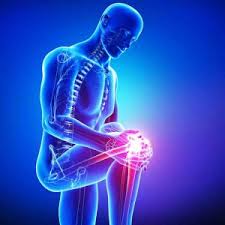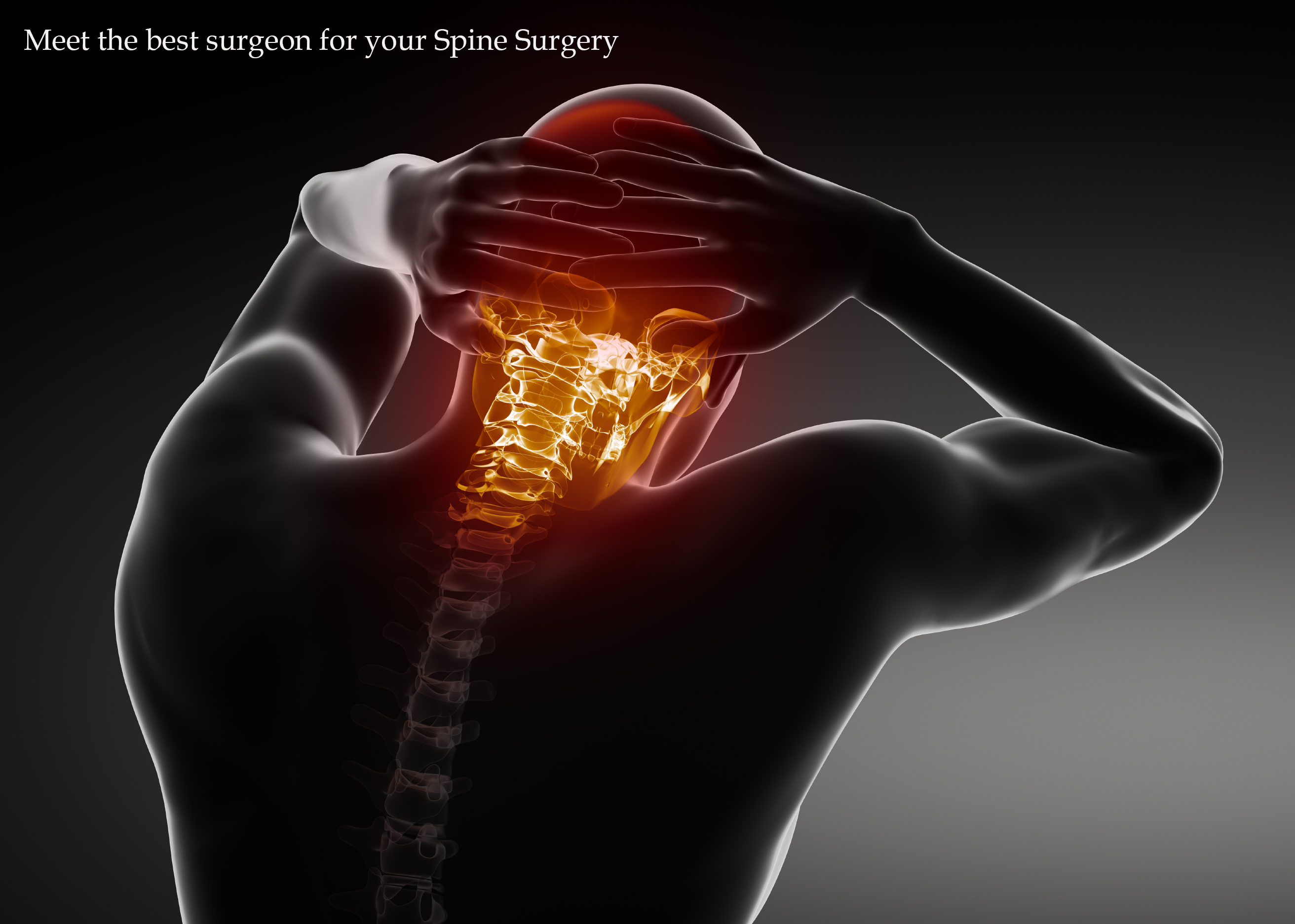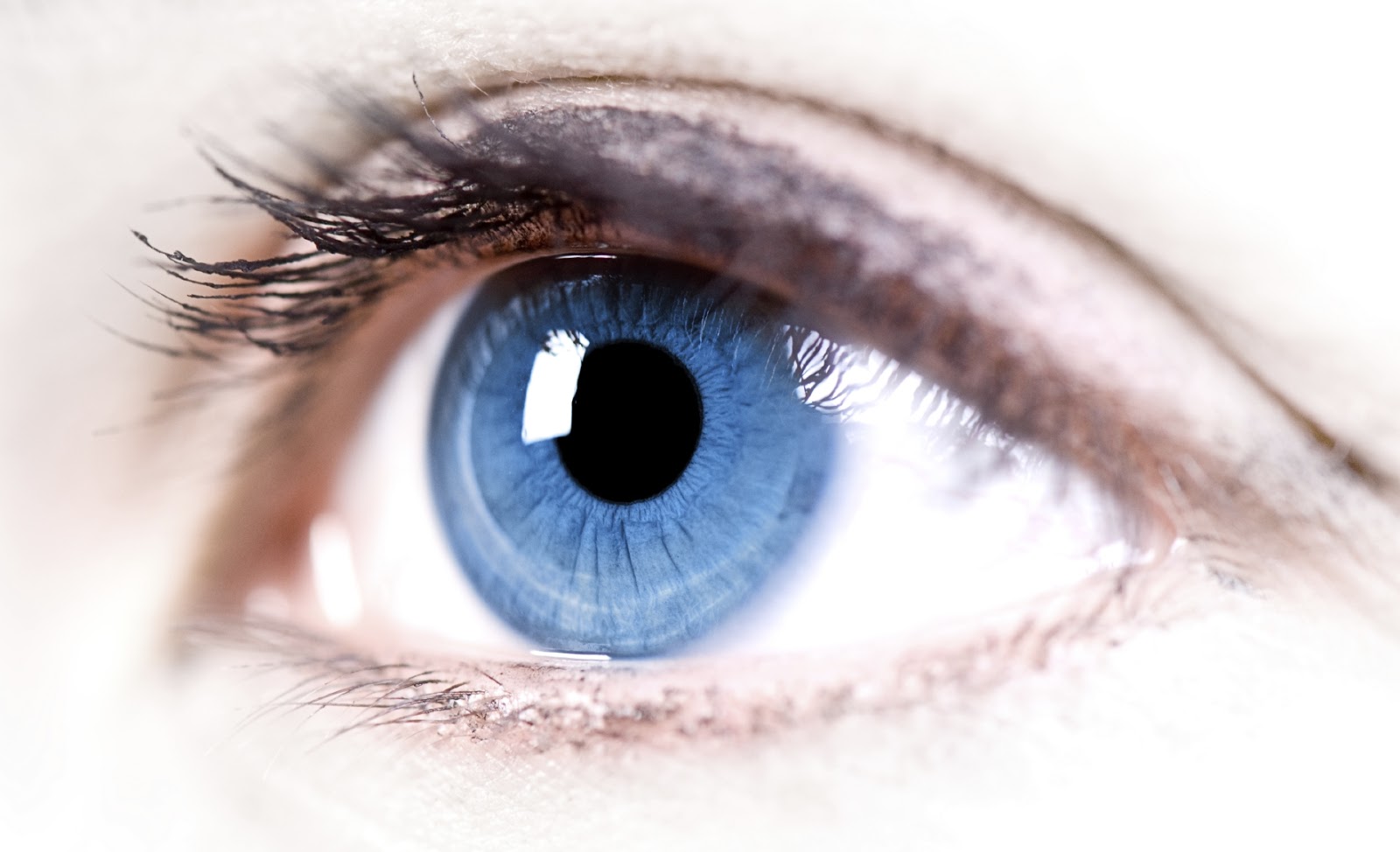Aplastic anemia is a rare, potentially fatal disease in which the bone marrow doesn’t make enough blood cells. The bone marrow is the central portion of the bones that is responsible for making:
- Red blood cells, which carry oxygen
- White blood cells, which fight infection
- Platelets, which help blood to clot
The bone marrow releases the cells and platelets into the blood stream.
A complete blood count (CBC) is a blood test that measures the number of red cells, white cells and platelets circulating in the blood stream. People with aplastic anemia have low levels of all three types of blood cells that are normally manufactured in the bone marrow.
Aplastic anemia is a problem with cells in the bone marrow called stem cells. Stem cells are the basic “mother cells” that develop into the three types of blood cells. In aplastic anemia, something either destroys the stem cells or drastically changes the environment of the bone marrow so that the stem cells can’t develop properly. Several factors can cause this problem, including:
- Exposure to radiation (radiation sickness)
- Chemotherapy
- Environmental toxins (insecticides, benzene, nitrogen mustards)
- Many different medications, including chloramphenicol (Chloromycetin), phenylbutazone (Butazolidin), sulfonamides (Gantanol and others), anticonvulsants, cimetidine (Tagamet) and others
- Certain viral infections, including viral hepatitis B, parvovirus B19, HIV and infectious mononucleosis (Epstein-Barr viral infection)
- Autoimmune disease, where the body inappropriately attacks its own blood stem cells
Some people are more likely to develop aplastic anemia because of their genetic (inherited) makeup. Fanconi’s anemia is an inherited condition that causes aplastic anemia and also physical abnormalities. Some women develop a mild form of aplastic anemia during pregnancy, but it tends to disappear after delivery. In 50% to 65% of patients with aplastic anemia, the cause of the illness is not clear.
Symptoms
Symptoms and Signs of aplastic anemia include:
- Pale skin
- Fatigue
- Weakness
- Dizziness
- Lightheadedness
- Rapid pulse
- Heart murmur
- Bruising and tiny areas of bleeding in the skin
- Abnormal bleeding from the gums, nose, vagina or gastrointestinal tract, or blood in the urine
- Infections
Diagnosis
Your doctor will review your medical history and ask you to describe your symptoms. Other questions may include:
- Do you live or work in an area where you are exposed to toxic chemicals or radiation?
- What medications do you take?
- Have you ever had hepatitis, mononucleosis or another viral infection?
- Is there a family history of aplastic anemia or other blood disorders?
On occasion, the presence of aplastic anemia can predate the development of some forms of leukemia.
Your doctor will examine you to look for the signs of aplastic anemia. This will be followed by blood tests to measure levels of red blood cells, white blood cells and platelets. Aplastic anemia is suspected when the tests show that levels of all three blood cell types are extremely low, but the cells themselves look normal. A test called a bone marrow biopsy is needed to confirm the diagnosis.
During a bone marrow biopsy, a small sample of bone marrow is taken by inserting a needle into the large pelvic bone just below the waist on either side of the spine. This bone marrow sample is examined in a laboratory. A hematologist (doctor who specializes in blood disorders) usually will confirm the diagnosis based on the results of bone marrow findings and basic blood tests.
Treatment
How you are treated for aplastic anemia depends on its cause and severity. If it is a short-term condition related to medication, pregnancy, low-dose radiation or infectious mononucleosis, then you probably will recover without treatment. However, the symptoms can be treated. For example, bleeding episodes can be treated with transfusions of platelets and red blood cells, while infections can be treated with antibiotics. Women with mild forms of aplastic anemia also may be given oral contraceptives so that their monthly menstrual flow is not excessive.
At home, you will need to use antiseptic soaps, shave with electric razors instead of blades to avoid unnecessary bleeding from nicks, and avoid participating in contact sports. Also, your doctor may prescribe a stool softener to make sure you don’t have hard bowel movements, which can make you bleed from your rectum.
The two main treatments for aplastic anemia that is severe and long-lasting are bone marrow transplantation and immunosuppressive therapies.
Most treatments for aplastic anemia require medications that severely impair the normal function of the immune system. This puts patients at risk for infections, often unusual ones. These infections may occur before the bone marrow has had a chance to recover and before the treatments have had their effect. It thus becomes very important to be under the care of specialists in blood disorders and if necessary, specialists in infectious disease.
A bone marrow transplant is the most effective therapy, but the possibility of dying from the treatment increases with age, so it is most ideal for children, adolescents and young adults. In addition, the treatment is safest when the patient has a sibling (brother or sister) with a similar bone marrow type and can be used as a donor. Only about 30 percent of people who need the procedure have siblings who can be donors. In some cases, a donor who is a match but is not related to the patient will be used. However, the rate of complications is higher when the donor is not a sibling.











